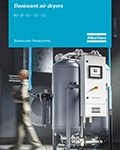OUR AIR COMPRESSOR PRODUCTS
Condensate is an inevitable consequence of compressing air. As the air pressure increases, the water is squeezed out of it. And if you have additional dryers, you will produce even more condensate.
It can be a significant volume, depending on your system and the condition of the atmospheric air, you might find yourself having to deal with hundreds of litres of condensate daily.
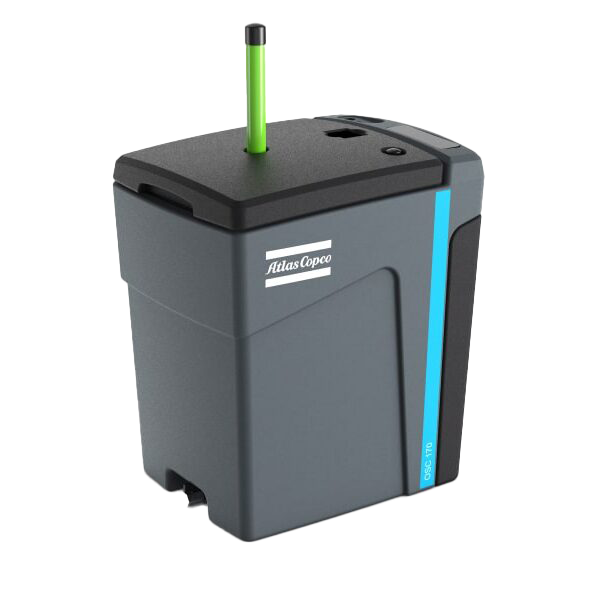
Why condensate management is essential
When you see the condensate, it might just look like harmless water. And, for the most part, that is exactly what it is. However, it can also contain pollutants, invisible to the naked eye.
A common contaminant is oil, which will come from the compressor itself, and while the amounts are small, they will be concentrated in the condensate to potentially dangerous levels.
However, condensate can also include other contaminants. These may consist of particles from the air that are created within your facilities or even from neighbouring businesses. Like with oil, the concentrating effect of air compression means they cannot be ignored in the condensate.
These potential pollutants mean you must manage your condensate for the good of the environment, and also because failure to dispose of waste correctly can result in criminal convictions and hefty fines.
Separating pollutants
Air compressors can produce significant volumes of condensate. Although one option would be to dispose of it all as hazardous waste, the amount makes it costly, especially when it is mostly water. Instead, condensate management systems can separate the pollutants to reduce the overheads, in both cost and maintenance.
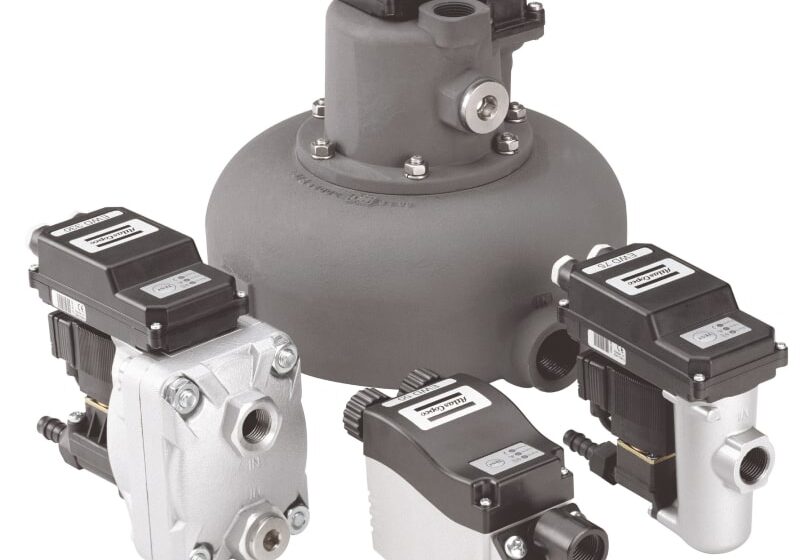
Oil-water separators
These work by using a combination of a filter and activated carbon. By passing the condensate through the system, users are left with contaminants, such as oil from the compressor and particulates that have been drawn through the intake, separated from water, which will now be pure enough for disposal through the mains waste system.
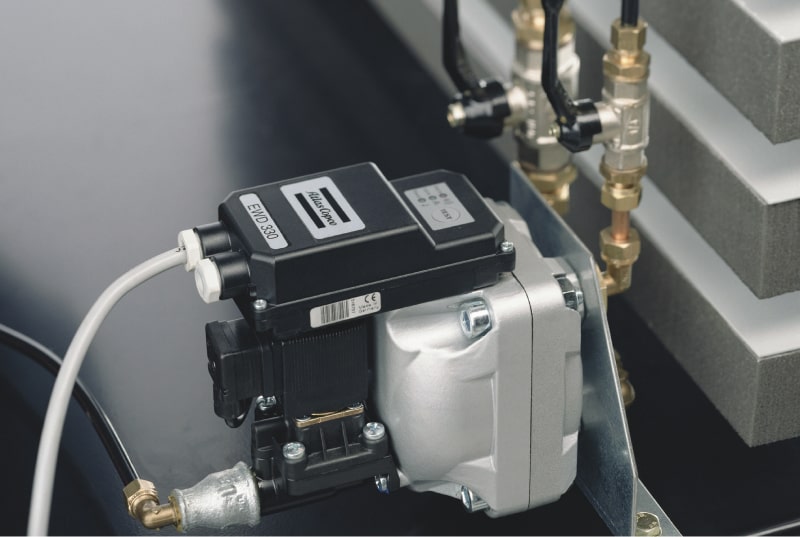
Cyclonic separators
Cyclonic separators work by using the centrifugal force of a cyclone created within a chamber. This forces heavier particles to the outside of the vortex, while the lighter water can escape from the top.
It is most effective at dealing with larger particles and therefore, most often used where the intake may have a higher level of pollution. It offers a high level of separation, but the remaining condensate may still need further filtration.
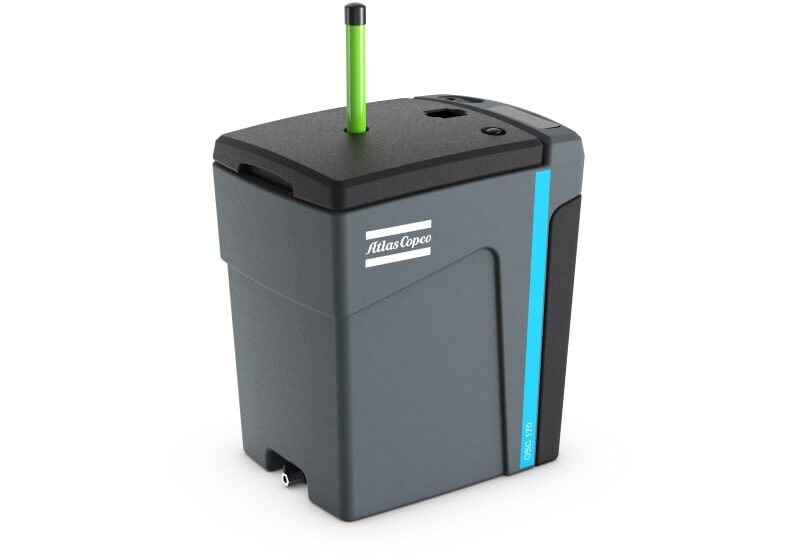
Condensate drains
Although not part of the separation process, you will also need to capture your condensate. The most significant part of this will be water, and depending on the volume produced, you may need to consider a timed or capacity-triggered drainage system. For smaller installations, a manual drain may suffice.
You must also ensure that your separation system is serviced regularly to ensure it is still effective.
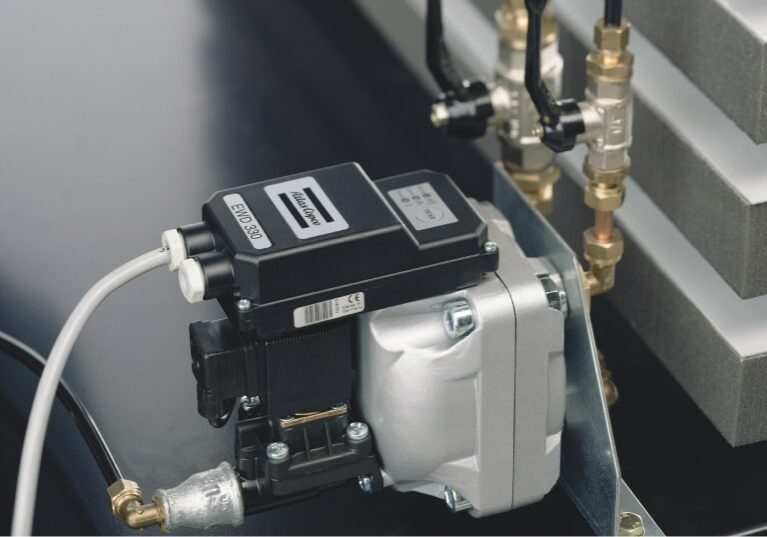
Ensuring compliance
You have a duty to ensure that your waste complies with all the relevant regulations, including testing your condensate management system to ensure that you are not disposing of waste unlawfully.
Anglian Compressors, a branch of Atlas Copco, have the expertise and experience to support every part of your compressed air system — including condensate management.
We can help you design and install a system that works around your facilities, ensuring that condensate management does not become a job in itself, so you can focus on your core business.
And whether it’s one of our installations or not, we can provide the full range of maintenance and servicing you require, including testing to certify that you are disposing of your waste appropriately.
Our service contracts can be tailored to your needs, with our fully inclusive servicing taking care of your testing, filter replacement, and any repairs or maintenance you need for a single fixed monthly fee.
Get in touch with us today to find out how we can help you manage your condensate, protect our environment, and keep your entire compressed air system in the best possible working order.




